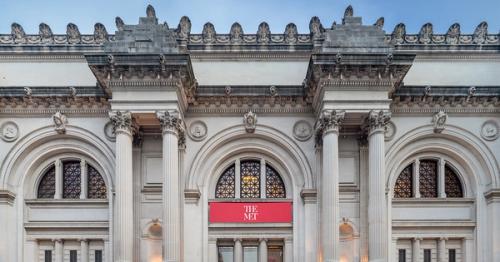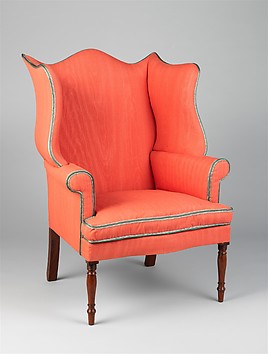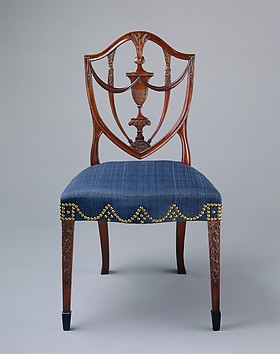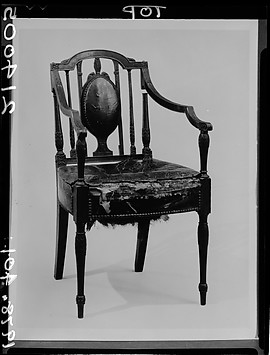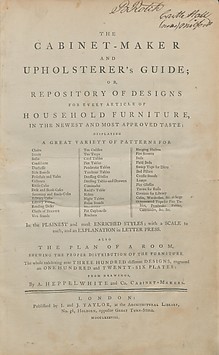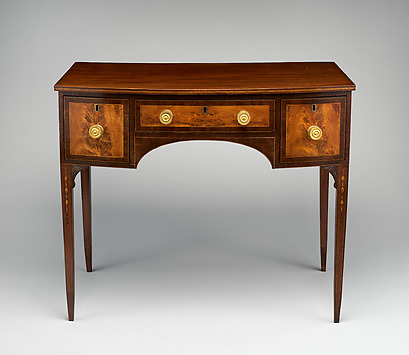With 524 plates, 251 in full color The American Wing of the Metropolitan Museum is the home of America's most important and wide-ranging collection of the painting, sculpture, and decorative arts that have flourished in this country since our earliest days. Now for the first time the treasures of the collection are presented in a book that encompasses and celebrates the richness of our visual heritage. Here, brilliantly photographed and discussed, are: Seventeen of the famous period rooms, authentic settings that give us a vivid sense of the changing styles of American life, from the Hart Room—the hall of a house built in Ipswich, Massachusetts, before 1674—to the living room of the Little house, a Minneapolis residence completed by Frank Lloyd Wright in 1914. Furniture of four centuries—an enormous variety of forms and designs at once functional and decorative, from the cupboards, chests, and chairs carved by anonymous seventeenth-century artisans, through the pre-Revolutionary styles of Queen Anne and Chippendale ... the graceful Sheraton, Hepplewhite, and Duncan Phyfe pieces produced during the Federal era ... New England timepieces ... Shaker and folk-art furniture ... examples of the Greek Revival of the mid-nineteenth century and the Rococo, Gothic, and other revivals that followed... to the innovative designs of Stickley, Wright, and Tiffany. Lamps, dishes, vessels, and ornamental pieces wrought of many different materials: stoneware; Rookwood and other pottery; porcelain; silver, including the work of Paul Revere; pewter; and glass from the studios of L. C. Tiffany and other masters. Paintings, prints, drawings, and watercolors, from the naive masterpieces of itinerant portraitists to the great canvases of West, Copley, Stuart, and the Peales ... the romantic vistas of Cole, Inness, Church, and Heade ... the vastly popular prints of Currier and Ives ... the individualistic visions of Homer, Whistler, Eakins, and Sargent ... and works by such twentieth-century figures as Sloan, Glackens, and Davies. Throughout the book, the informative text provides discussions of the artists and craftsmen represented, together with historical, social, and aesthetic commentaries that further enrich this magnificent panorama of the arts Americans have lived with since our beginnings.
